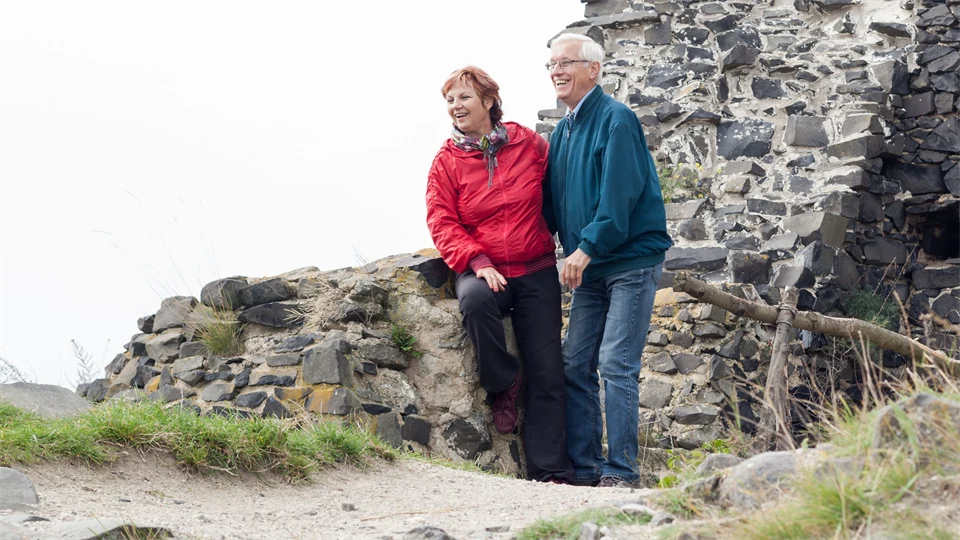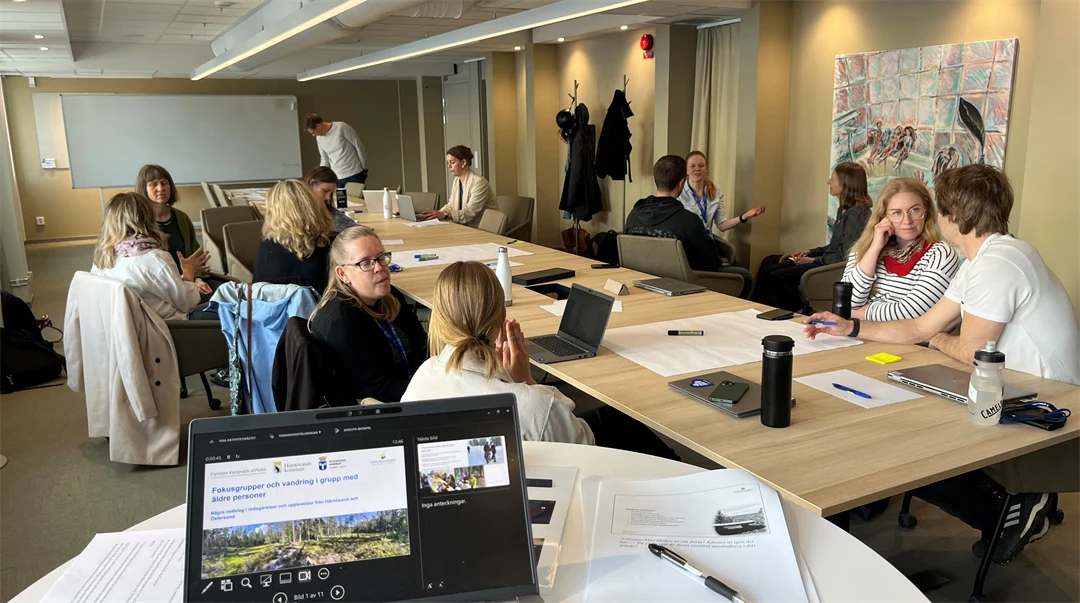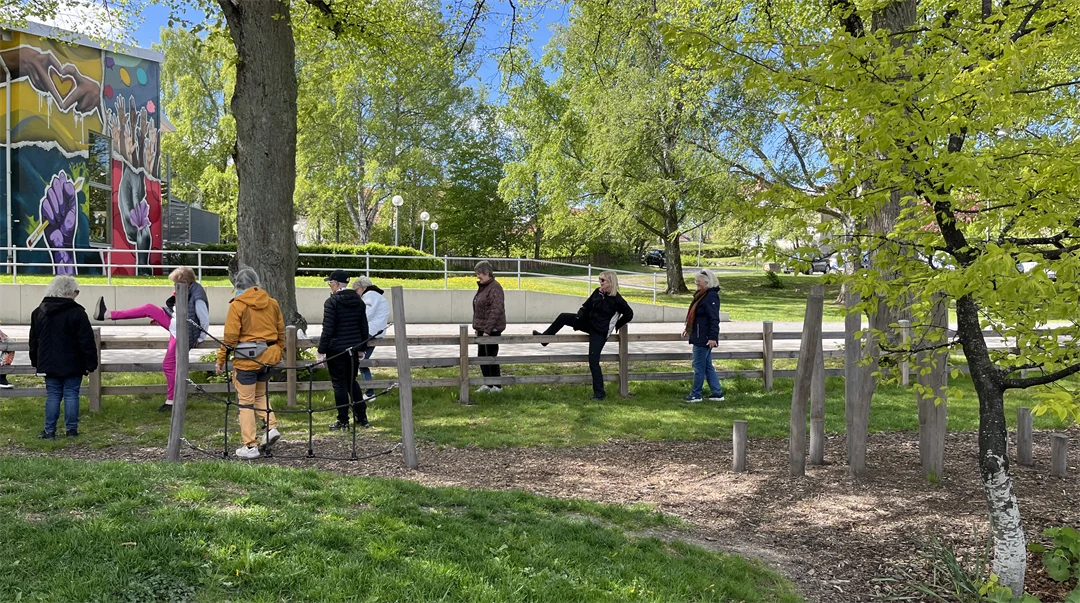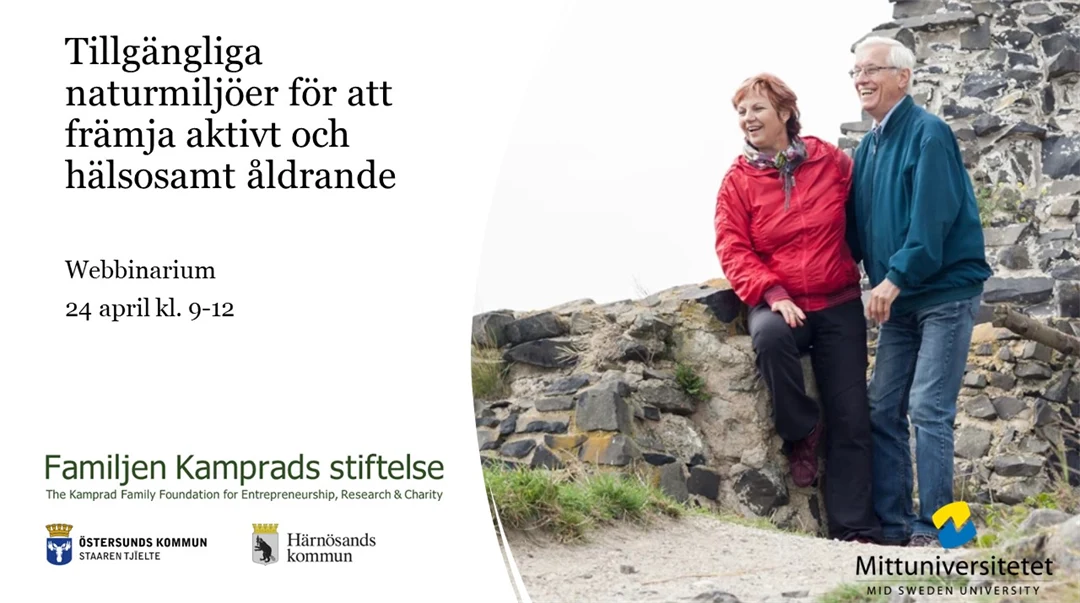The project's aim was to enable more older people to be active in nature to improve quality of life, physical and mental health. Also to raise awareness of the link between good health, spending time in nature and that lack of accessibility excludes older people from everyday outdoor activities.
Aim
The project aimed to understand factors that enable and hinder outdoor participation for older adults. With better knowledge, we wanted to increase accessibility so that more people can participate in outdoor stays, physical activities and recreation in natural areas.
Background
The background to the project was the societal challenges that come with an ageing population, where many Swedish municipalities face increasing needs for care and social services. Promoting active ageing and adopting a more proactive approach to public health for older adults is therefore of great importance. The project also addressed the challenge of ensuring equitable access to nature experiences and strengthening the participation of different groups in society, so that more people can benefit from the physical, mental, and social health benefits that nature offers.
Dialogue and collaboration with various actors have been a central part of the research, particularly in the municipalities of Härnösand and Östersund. The project has worked with different municipal departments, pensioners’ associations, outdoor and sports organisations, as well as private actors. The co-creative research design and dissemination of results have been key elements of the project.
Selected project results
Our studies show that nature plays a significant role in the health and well-being of older people. Green spaces close to home are particularly important for regular visits to nature.
There are several barriers to active and healthy ageing:
- Urban densification where green spaces are being built. The presence of natural areas near housing for older people should be considered in urban planning.
- Lack of transport to nature areas is a barrier.
- Absence of firm trails, benches, public toilets, and snow clearance contribute to poor accessibility in nature.
- Lack of clear and reliable information about the accessibility, transport options, activities, and facilities in nature areas. Many websites lack comprehensive information.
The public, private, and non-profit sectors can contribute through better coordination, more adapted activities, and investments in transport solutions. An important conclusion is that urban planning needs to ensure access to urban green areas so that more older people can experience meaningful contact with nature, strengthening both health and social inclusion. The planning of green and recreational areas should take place in close collaboration between sectors, with knowledge exchange and participation from pensioners’ organisations and local interest groups. A broader view of active ageing is also needed, along with greater understanding of how norms related to age, and gender affect participation opportunities.
Facts
Project period
220101—250630
Partners
- Östersunds kommun
- Härnösands kommun
Subjects
Project leader
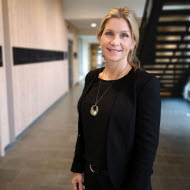
Project members




